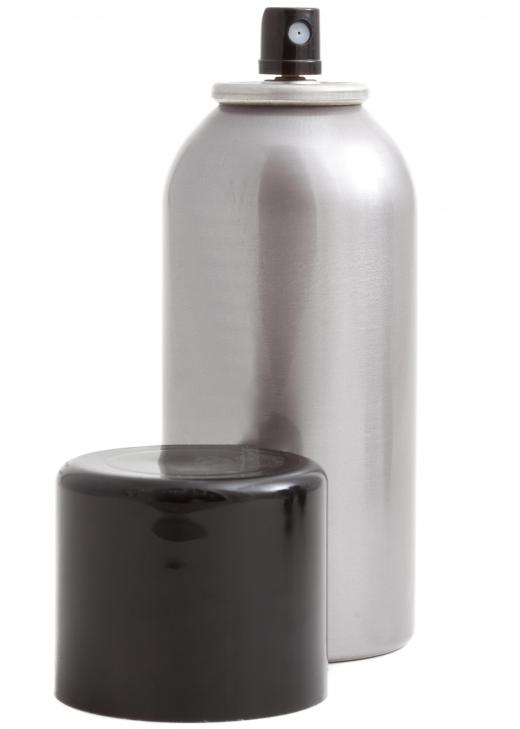Polyvinylpyrrolidone (PVP) is a polymer compound, or a compound that has a long and repeating structure. This polymer was discovered in 1939 by Walter Reppe and since has been used in many industries because of its bonding abilities. The medical field uses polyvinylpyrrolidone as a blood plasma expander, but it is found more often in medical tablets as a relatively safe binding agent. Other industries use this as a metal quencher and a food stabilizer. Polyvinylpyrrolidone is a flaky substance when dry, can absorb a large amount of water, and is lethally toxic to aquatic life.
Reppe, who was working with the N-vinylpyrrolidone monomer, discovered the polyvinylpyrrolidone compound in 1939. Known for his work with acetylene chemistry, or the hydrocarbon acetylene, he thought of PVP as one of the more interesting derivatives he discovered; so, he patented it. The substance was first used as a substitute for blood plasma. PVP, when dry, is a flaky substance, and it is able to dissolve in water. If introduced to aquatic life, PVP is extremely toxic and will almost instantly kill the organisms.

Polyvinylpyrrolidone is still used often in conjunction with blood plasma, but not as a substitute. It functions more as an expander to help trauma victims with extreme blood loss. More often, PVP is used in oral tablets that are safe when used as directed. If someone abuses tablets containing PVP, especially if the tablet is injected rather than taken orally, then PVP can cause pulmonary vascular injury, which can be lethal.
Many common personal care products use polyvinylpyrrolidone as a binding agent to keep the other components stable and together. Toothpaste, hair spray and shampoo are three examples of this. Other common products that contain PVP are adhesives that need to be moistened before they activate, such as those on stamps and envelopes.
Metallurgists use polyvinylpyrrolidone in the process known as metal quenching. Quenching is when metal is rapidly taken from a high temperature to a low temperature to avoid phase changes that would occur if the metal cooled down naturally. When used in this process, PVP is always a liquid solution, because its dry state cannot produce the same effect.
The food industry also uses polyvinylpyrrolidone. In foods that need stabilizers — mostly processed foods — PVP acts as the stabilizer and settles all components so they work together. The wine industry, specifically white wine, uses this as a fining agent, or a substance that gets rid of unwanted sediment and organic compounds.
